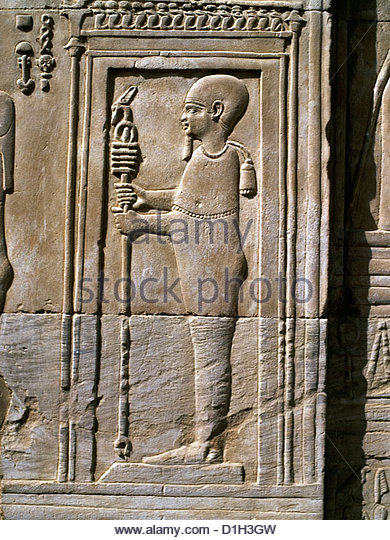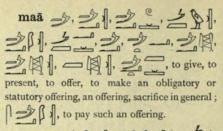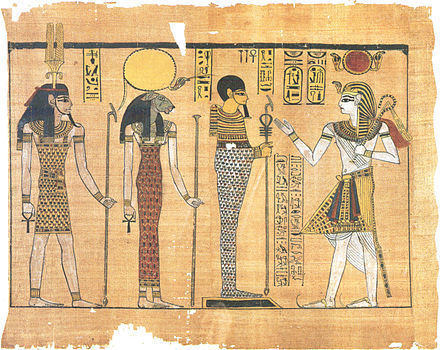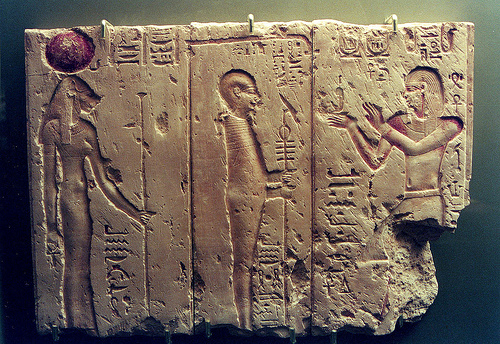rituals
the Oscars, Ptah’ and the shrine at the root
[comparing the symbolism of many tomb murals]
overview of page:
- comparing as many as possible tomb murals,
looking for the symbolism in them,
in the attempt to get more context about the region of the tiles,
and some most curious aspects show up in the pictures…..first paragraph:
- it was the movie-mogul Ritual what triggered the search,
but it became subordinate to the main theme; yet we let it stand,


Just exploring.
…the resemblance of the Oscar statuette to Pteh’ was found by others, already, and there are quite a few sites around describing the similarities. The original form of the statue was devised in 1927, of a guy holding a crusader sword, standing upon a five spoked reel of film (link). Outwardly, the sword could represent a movie prop – but that it is specifically a ‘crusader sword’, shows the signature of the club running the moviescene –
the crusade was officially presented as “a liberation of palestine from the upcoming Islam”, but in reality an attempt to collect the secrets of ancient egypt. Many coffins of important crusaders show the positioning of the sword like the statue does, but in a number of cases, the head of the knight was severed and placed next to the body — since their only ‘head’ was the deity Osiris.
PART I

1] the concept of Pteh’: engraving the eden-tile by rotation
Several non-numbered spells in BD adress Pteh’ and his open-work-engraving; and as above bas-relief [from the Haruris temple], he will consequently stand upon some tile, and often encased in a shrine, holding the multiple staff with both hands. At top-left you can read the name PTEH’, preceeded by the few glyphs reading
“the root (p) / (for) the an-face (north) / (of) beauty (nefer) / (through) Pteh'”;
the staff, as a combination of uas-sceptre, ãnkh-symbol and djed pillar, has in this bas-relief five horizontal bars; the number of bars varying in the different depictions from either four or five; and the strange ‘knobs’ upon the pole will return in virtually every mural;
Above, in a mural from the Ramses III tomb,
he stands before Sekhmet and Shu,
in front of Ramses himself, to right;
while standing again upon that tile-form;
and next to him being inscribed
“all (of)/he/the fortress/(of) the south/to become united/(by) Pteh”;
the fortress being the captured lampstand as vital source for the vampiring ãnkh-life. Between Ramses and him are two columns of text (starting right column down),
“(by) he/the fortress/(of) the south,/the (matrix) root to fly-up/(through) thou/phallus (inverse pillar)/thou/to guard/(for) hail of the beautified-soul;/to become the light for spirits/(by) to force the mouth (eden’s)/ (for) existences to connect to/to breathe (likely)/(through) the praised mother star;/(in order) to make the light for the spirits (via ad.soul)/ – unreadable – to recite;/
…the “mouth to force” as in R+whip is rather unusual,
>
Tablet in the Louvre museum, Paris;
again the same shrine, and though the text above the figure is partly damaged,
” the house as place-T of eden’s realm / (for) the food-aspects / – too damaged –
all (of) / Pteh’ (open-work-engraving); “
both ‘reed-glyphs’ as NN make the link to the four cherubs, suggesting that he
stands in an area which belongs to eden,
| the “food-aspects” from previous mural are now here depicted as fruits; behind the pharoah offering two vessels is the short line,
“forever/the light (matrix)/alike-adam (miá), /(by) all (of)/the dimensional background of saturn/the ãnkh-life/(of) protection;” |
 |
while the few glyphs inbetween the pharaoh and the fruit describe whát he is offering, yet exact that word is damaged in the horizontal crack – but it appears to us as,
“(by) he/he place-T (eden’s, lampstand)/
(for) existence/the wine/for/to give;”
the glyph very likely reading ÁRP+winedrum, and making sense with what he holds in his hands – this “wine” being “speech by the new root” (and belongs to the ritual in hollywood being executed these days); between Pteh’ and Sekhmet standing behind him, is the short line (starting down),
“(in order) for/to complete/existence/
the things of the season/(as) the divine light/(for) existence/ (by means of) the light to stand upright/(for) all (of)/ existence,/(by) existence (eden’s?)/to give;”
the double ‘existence’ in context suggests that one ‘existence’ is meant as Eden’s;
2] the strange shaped tile– we’re still with previous mural; |
 |
the ‘willpower glyph Ã’ is in the back,
being cut-off by the sickle MA, in lampstand;
[turning into MAÃT, ‘justice, etc’,
but only because théy consider the reaping to be ‘just’];
….and this option of the tile being the MAÃ,
“the Sacrifice”, may be right:
below, a bas-relief showing Ptolomaus II
offering a figurine of the goddess Maãt to Pteh’;
the figurine is in his right hand,
as a goddess wearing one Shu-feather as crown;
| and looking at the glyph KAM- , to right, having even similar shape, we had two BD spells where the “black pig” SHA [sh-pool north] was placed at KAM; and the first glyph, to right, hás a stone-tile, “the (black) stone-tile/for (m)/vulture-rule (a)/(by) the k-axis (k) (to finish)”, |

|
– that this KAM-stone is related to the eden tile, shows the second glyph
‘KAM-Ã, denderah IV, a hawk god’,
“the place as place-T of beauty (nefert+), / (by) the foundation\\of place-T to copy/
(as,by) the divine willpower / for,as / the KAM-tile (for to finish); “,
…the line doesn’t run proper, because of many combined aspects,
but enough clear is the SENT\\foundation, which is “the eden-tile to copy”;
we addressed the SENT- turning into MEN- in the ‘searching the root pages’ –
“the stone-tile / to come (walk)/(as) the island/ \\ (as) existence to make for
existence (via ad.soul)”,
in short: to copy the tile;
you can find the ‘foundation’, ‘senet-game’,
‘counter in a game’ etc on page 604
of the dictionary, so we won’t need repeat it here;
[btw.. the senet-game…
isn’t that the “driving circuit” theme
in last posted dream..?]
– one is needed to mention, still, because it appeared in two of last posted PT’s, namely SEN-NU+jar, “to máke the word-inside (via ad.soul)”, said to be as “wine, wine from Pelusium”, where this wine turns into the wine ÁRP- which the pharaoh offered to Pteh’ in previous mural.
3] to complete speechSeveral KAM- are related to ‘great speech’,
|
 |
the KAR-shrine-glyph used in PT very similar to the shrine Pteh’ stands in; below that, KAR, “boat skiff”, added ‘Isaiah 18″ (see intermezzo); here the R- is “mouth (eden’s)”, shown by the magically-dangerous-\\; “the boat (as construct)/(of) the mouth/ \\ (for) the Ka spirit-double”;






